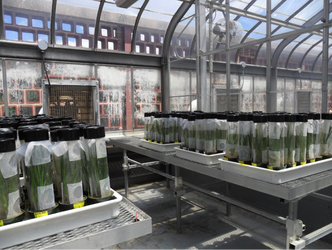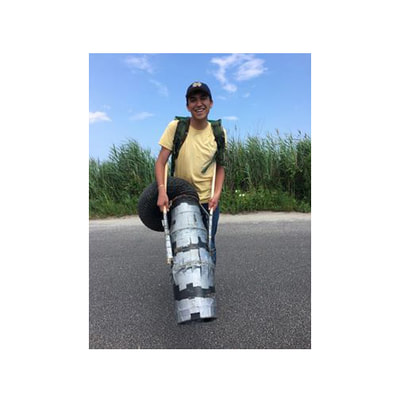EFFECTS OF NUTRIENT RUNOFF ON COMMUNITY AND ECOSYSTEM DYNAMICS
Anthropogenically-derived nutrient inputs into native ecosystems have increased globally (Wimp and Murphy 2021, Functional Ecology). Salt marshes have been particularly susceptible to such nutrient inputs (Rippel et al. 2021, Current Opinion in Insect Science), and my research has demonstrated the mechanisms by which nutrient inputs can alter arthropod food web structure and composition. We have repeatedly found that higher trophic level predators and parasitoids had strong, positive responses to increasing nitrogen inputs relative to lower trophic level herbivores and epigeic feeders, whether such patterns were examined at the plot-level (Wimp et al. 2010, Ecology, Murphy et al. 2012, PLoS ONE) or at the landscape-level (Wimp et al. 2019, Frontiers in Ecology and Evolution). Moreover, while most studies have examined the effects of nutrient subsidies on ecosystems for a single year (a nutrient pulse), repeated introductions of nutrients across multiple years (a nutrient press) better reflect the persistent nature of human nutrient enrichment (e.g., ecosystems near chicken farms). We found plant biomass and percent nitrogen returned to control conditions after nutrient pulse, but remained elevated in the press treatment, and natural enemies tracked elevated biomass and nitrogen in the plants (Murphy et al. 2012, PLoS ONE). The impacts of nutrient presses were fundamentally different from pulses, and pulses initiated in different years were also different from one another. Our press/pulse experiments also uncovered a mechanism for salt marsh dieback now happening along the Atlantic Coast and Gulf of Mexico. My graduate student, Jewel Tomasula, and two REU students (Stephanie Perez and Eddie Lopez) found that fertilization increased attack by stem boring insects, and stem boring insect herbivory led to Spartina dieback in high nutrient plots. Moreover, attack by stem-boring insects and dieback were more common in press plots, even when the overall amount of fertilization was the same as a single-year pulse plot.


